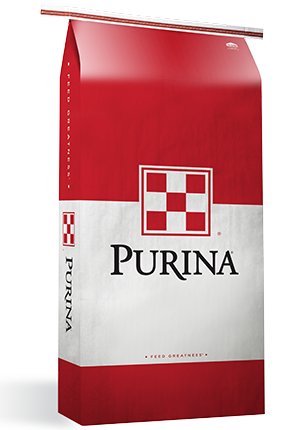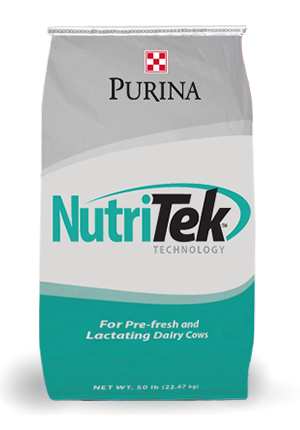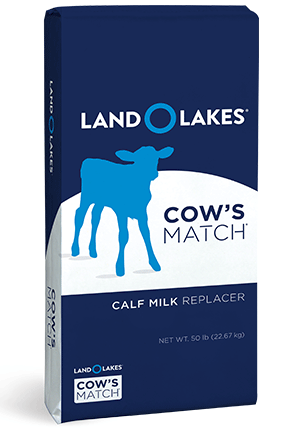
Winter Calf Barn Ventilation Tips
Calf : Calf Management

Many farmers rely on natural ventilation to provide clean, fresh air to their dairy calf barns. But when summer breezes turn to winter chill, balancing fresh air and keeping calves warm can be hard. Many farmers close doors, windows and curtains in an effort to reduce drafts and keep calves warm, but when buildings are closed, proper air exchange to keep calves healthy through the winter months can be challenging.
Proper ventilation and adequate air exchange in dairy calf barns can decrease the build-up of dust, pathogens and moisture in the air, helping reduce the risk of pneumonia and other respiratory diseases in calves.

The goal for calf barn ventilation in wintertime is a minimum of four interior air exchanges per hour. A well-designed positive pressure ventilation system will deliver fresh air to calves without creating a draft, and can run 24 hours per day, even in cold weather. This alleviates the seasonal limitations seen with natural and negative-pressure ventilation systems.
Positive pressure ventilation systems should be designed based on the number of calves, building size, barn dimensions, calf pen layout and more. There’s a fine line between providing adequate ventilation and creating drafts. It takes precise planning to achieve even air distribution throughout the barn.
Doing their homework and working with their local expert when investing in a positive pressure ventilation system will help dairy farmers determine the best fit for their unique farm. The Dairyland Initiative, a University of Wisconsin School of Veterinary Medicine outreach program, provides resources that can assist dairy farmers in planning a ventilation system. They have trained design consultants throughout the U.S. and Canada.
Proper ventilation and adequate air exchange in dairy calf barns can decrease the build-up of dust, pathogens and moisture in the air, helping reduce the risk of pneumonia and other respiratory diseases in calves.
Positive pressure ventilation benefits
A positive pressure ventilation system brings fresh, outside air into the calf barn and distributes the air evenly. These systems are designed to move air into “dead spots” – areas where the air may be stagnant, such as between solid calf pen panels. Stagnant air can harbor airborne pathogens which may lead to health challenges in calves.
The goal for calf barn ventilation in wintertime is a minimum of four interior air exchanges per hour. A well-designed positive pressure ventilation system will deliver fresh air to calves without creating a draft, and can run 24 hours per day, even in cold weather. This alleviates the seasonal limitations seen with natural and negative-pressure ventilation systems.
Proper planning is critical
While positive pressure ventilation systems can be a great solution for providing air exchange throughout your calf barn, these systems are “not one size fits all.”Positive pressure ventilation systems should be designed based on the number of calves, building size, barn dimensions, calf pen layout and more. There’s a fine line between providing adequate ventilation and creating drafts. It takes precise planning to achieve even air distribution throughout the barn.
Doing their homework and working with their local expert when investing in a positive pressure ventilation system will help dairy farmers determine the best fit for their unique farm. The Dairyland Initiative, a University of Wisconsin School of Veterinary Medicine outreach program, provides resources that can assist dairy farmers in planning a ventilation system. They have trained design consultants throughout the U.S. and Canada.
More wintertime calf care tips
Ventilation is a critical part of winter calf management. Help calves thrive during cool weather months with a complete winter calf management program, including:- Make sure each calf has 30-35 square feet of resting space.
- Pack 5-6 inches of bedding between the floor and the calf.
- Bed with deep, clean, dry straw that calves can nestle in.
- Provide calf jackets as needed.
- Use pens with an open front and back, with solid panels in between.
- Feed ½ to ¾ of a pound more milk solids daily, recommended as a third feeding.




